From stones to missiles, Palestinian resistance’s phenomenal military rise
By Ivan Kesic
The Al-Aqsa Storm Operation has irreversibly redefined the battlefield dynamics, especially with the Palestinian resistance stunning the military pundits in the West with its preparedness and the ability to inflict heavy and irreparable blows on the occupying regime.
The past fifteen weeks have been marked by the Palestinian resistance against the Israeli genocidal aggression on the Gaza Strip, with the armed wing of the Palestinian resistance group Hamas surprising all and sundry with its massive weapons arsenal, all of them locally manufactured.
Toward the end of 2023, the Martyr Izz ad-Din al-Qassam Brigades, the military wing of Hamas, published a video, showing its missile arsenal that is able to reach every nook and corner of the occupied territories.
Even today, more than three months after the regime launched its aggression followed by extensive operations by the resistance groups against the occupation forces, this arsenal remains intact.
Military experts in the West acknowledge that the Israeli regime, with all its advanced and sophisticated weapons systems imported from the United States and Europe, has been unable to match up to the armed wings of the Palestinian resistance groups and their fighters.
Despite the Israeli regime dropping 67,000 tons of bombs on Gaza since October 7, the resistance continues to grow and inflict heavy blows on the structure of the Zionist occupation.
From the scratch
The story of the Palestinian missile program is a story of decades of sacrifice, ingenuity, dedicated work and successful management, and above all, the defiant spirit of resistance.
This long and difficult path of resistance against the apartheid regime began with Palestinian stone-throwing at Israeli armored vehicles during two intifadas, and ended with the capability to launch 5,000 rockets in one day and a rocket arsenal sufficient for months of warfare.
The missile capabilities and scope of operations displayed by the Hamas and other Palestinian groups surprised all international observers, even the Israeli intelligence services.
What is particularly intriguing are the conditions in which the operation was carried out.
Pertinently, the Gaza Strip was under Israeli occupation from 1967 to 2005, and ever since has been under a fierce land, sea and air blockade that prevents the import of not only weapons but also materials for their production, as well as basic goods.
The Israeli regime tried everything to weaken the resistance and retain the military technological advantage so that it could easily eliminate the groups that have been fighting for the liberation of Palestine.
An example that illustrates this disparity is the Gaza Massacre of 15 years ago when hundreds of Palestinian civilians were killed by Israeli bombs, hundreds of Israeli civilians, the so-called "war tourists", gathered on the nearby hills and cheered triumphantly.
However, times have changed since that gruesome bloodthirsty cheering by the Zionist settlers that was followed by the iconic photo of a Palestinian boy throwing a rock at an Israeli tank.
Getting hands on weapons
The Palestinian resistance initially relied on rudimentary weapons, smuggled or domestically produced, intended for close combat and countering invading forces on their own soil.
After years of usage of assault rifles and explosives, a simple Qassam rocket appeared in 2001, with a range of a handful of kilometers and low destructive power, which for the first time made possible a retaliatory strike against the Israeli occupation.
Over time, the efficiency of the Qassam models increased and the first Israeli military bases and occupied cities came within range in the 2010s, which caused the phenomenon of "war tourists" on the borders of Gaza to fall into oblivion suddenly.
The Israeli regime made an effort to stop the effectiveness of these rocket attacks by developing a warning system. It invested a staggering amount of money in the development of Iron Dome, a military system that turned out to be a miserable failure on October 7.
It also boasted about assassinating the Hamas rocket engineers responsible for the Qassam development, thinking it might cripple the Palestinian "brain trust" or deter new generations from engaging in development, which proved to be a blowback assessment.
Today, the Palestinian resistance has rockets with a range of hundreds of kilometers and warheads with a payload of hundreds of kilograms, capable of reaching any point in the occupied Palestinian territories.
Due to their size, it is not possible to smuggle these rockets from abroad into the Gaza Strip, especially not in such huge quantities, which proves that they are the result of local production.
Industrial production, in conditions of scarcity of necessary materials and exposure to Israeli airstrikes, is an impressive feat in itself. Production facilities are scattered underground and well hidden, which requires exceptional logistical skills.
The same applies to the supply of materials, which mainly comes from recycling raw materials such as old water pipes, anchors of destroyed buildings, streetlight poles and so on.
Missiles and rockets galore
In an astonishing feat from 2020, Hamas naval commandos managed to salvage large 170-kilogram naval shells from a British warship that sunk offshore more than 100 years ago during the First World War and made them reusable for new missiles.
The rocket engines and guidance systems are the product of cooperation and military knowledge imparted by experts in the region, especially Iran.
The missiles revealed in the new video include the Maqadma and Jabari rocket family, both with a range of 90 km and 50 kg warheads, put into service in the early 2010s.
Development in the middle of the same decade witnessed the creation of the Attar rocket family with a range of 90 km and 50 kg warhead, as well as of the Rantisi rocket family with a range of 170 km and 100 kg warhead.
Finally, at the end of 2010s, the Ayyash rocket family was put into service, with a range of 250 km and a payload of 250 kg, the most powerful rocket in the Palestinian arsenal, used for strikes on Safed and Eilat during the Al-Aqsa Flood operation.
At the same time, the Sijjil rocket family with a range of 55 km and 50 kg warhead was also introduced, followed by the Shamala rocket family with a range of 80 km and 150 kg warhead.
Except for the Sijjil rocket series, which is named after a Quranic verse, all others are named after Palestinian martyrs, namely Ibrahim al-Maqadma, Ahmed al-Jabari, Raed al-Attar, Abdel Aziz al-Rantisi, Mohammed Abu Shamala and Yahya Ayyash.
For three decades, the Israeli regime thought that these assassinations would break the spirit of resistance and their technological development, which backfired in a way it could not have imagined.
The martyrs and the missiles named after them are today giving sleepless nights to the regime leaders.
VIDEO | Press TV's news headlines
Iran returns to IOC leadership after 21 years as Olympian Soraya Aghaei wins seat
Discover Iran: Ziarat village in Golestan, where sacred herritage meets natural wonders
Ansarullah slams UAE-Saudi war between 'once-allied occupiers’ in Yemen
VIDEO | Israel’s economic defeat
US military bill tasks Washington to counter Israel arms embargo
Iran: US seizure of Venezuelan oil tanker illegal, ‘piracy in Caribbean Sea’
'Blatant theft': US seizes Venezuelan oil tanker in dramatic escalation


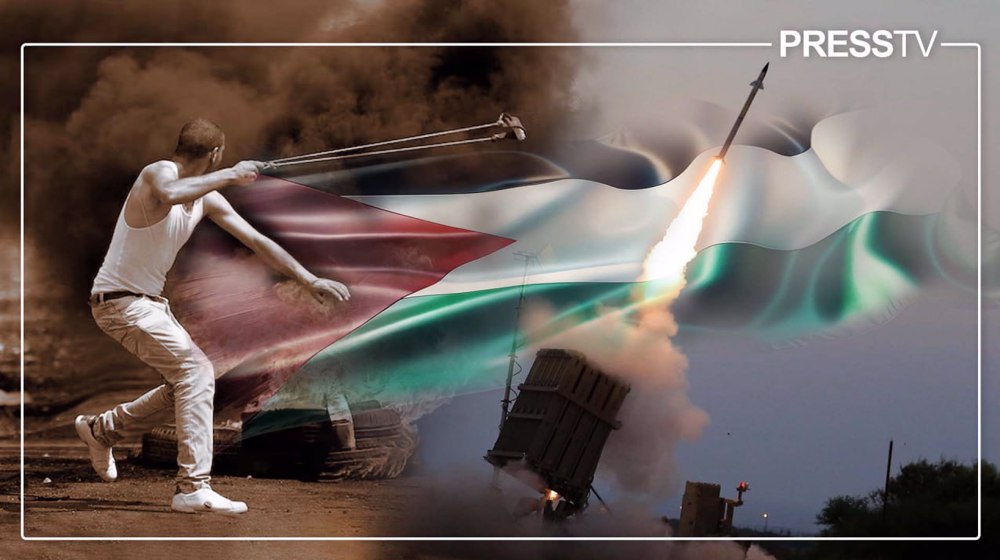




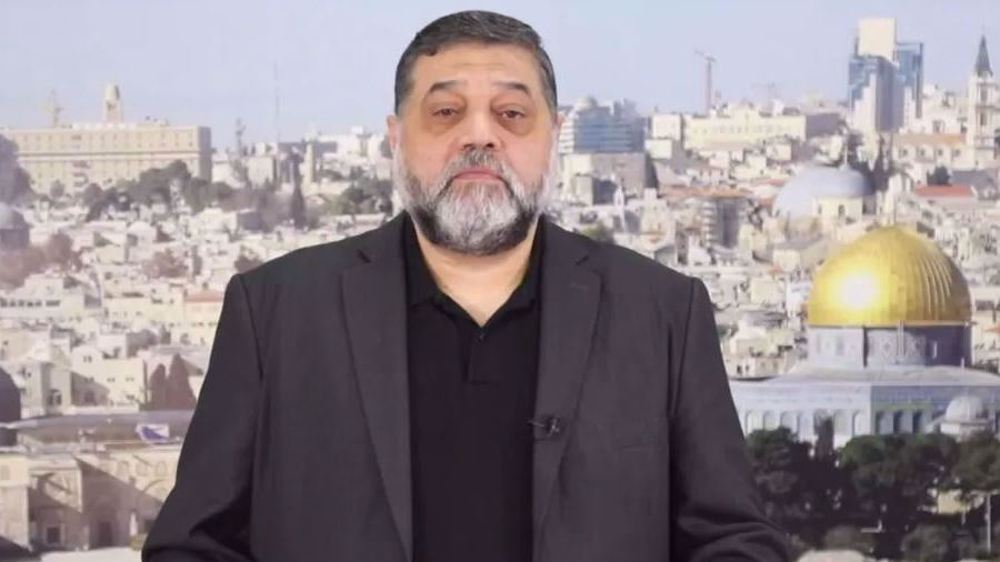




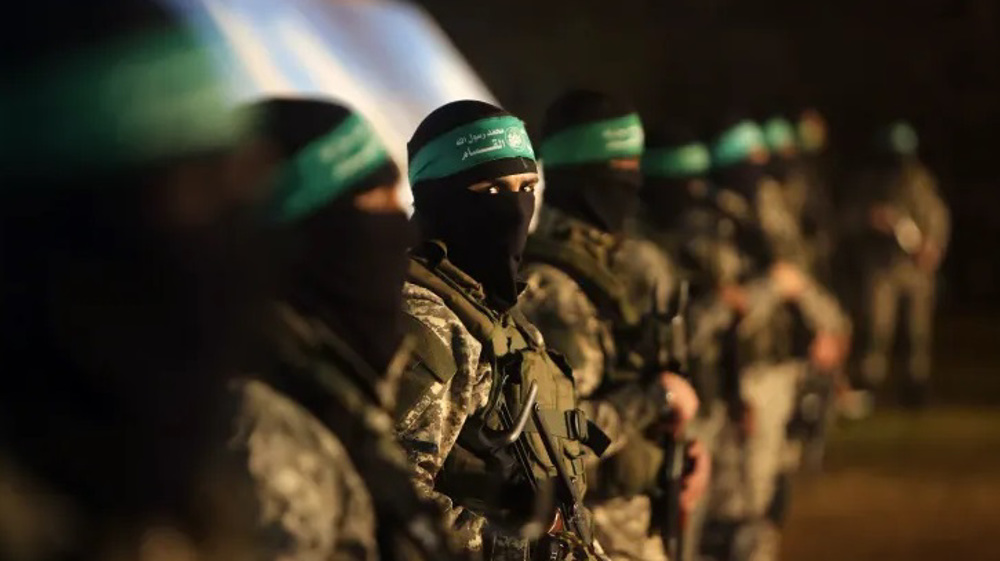
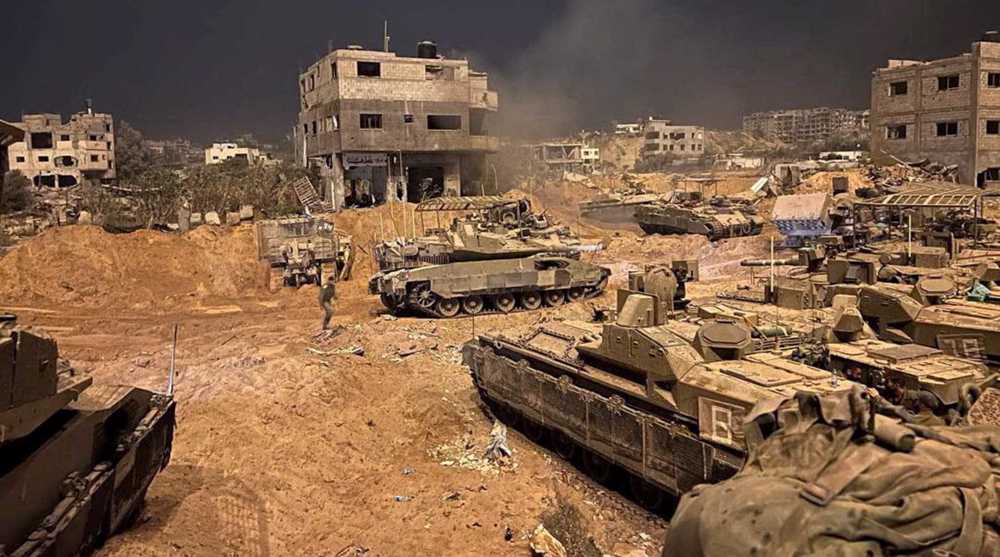
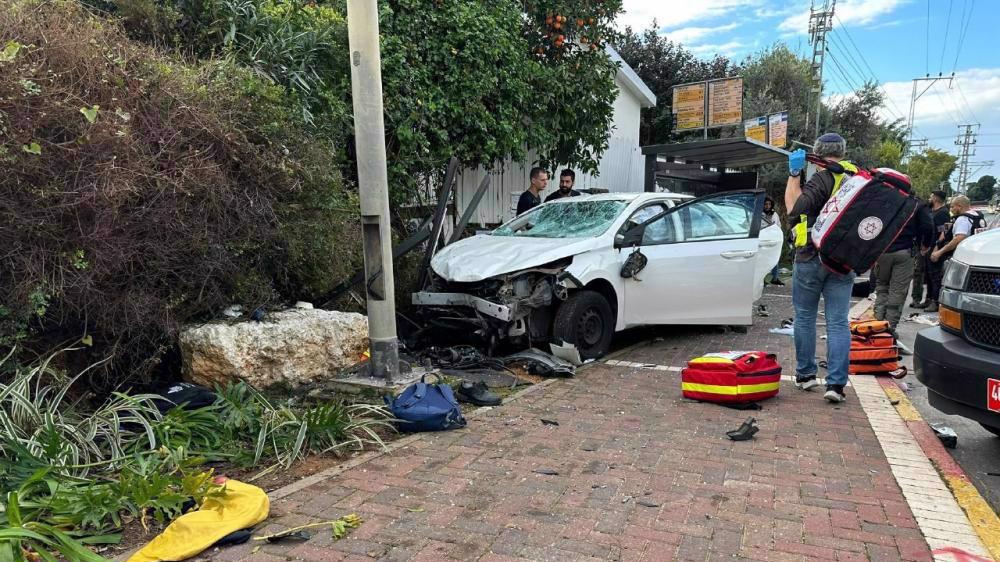
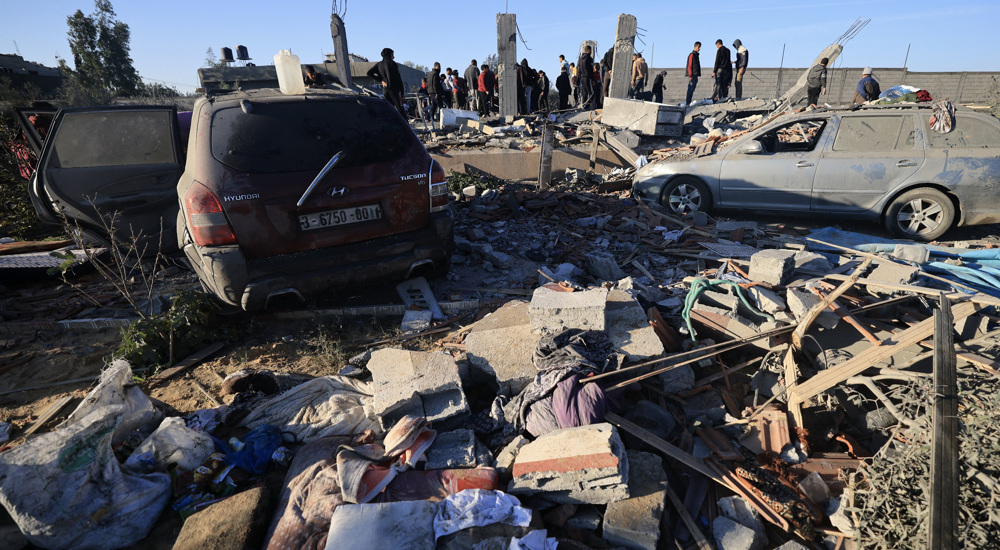

 This makes it easy to access the Press TV website
This makes it easy to access the Press TV website